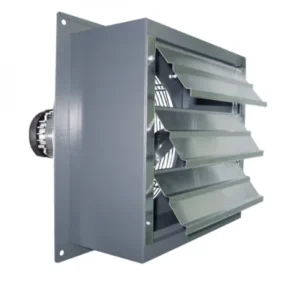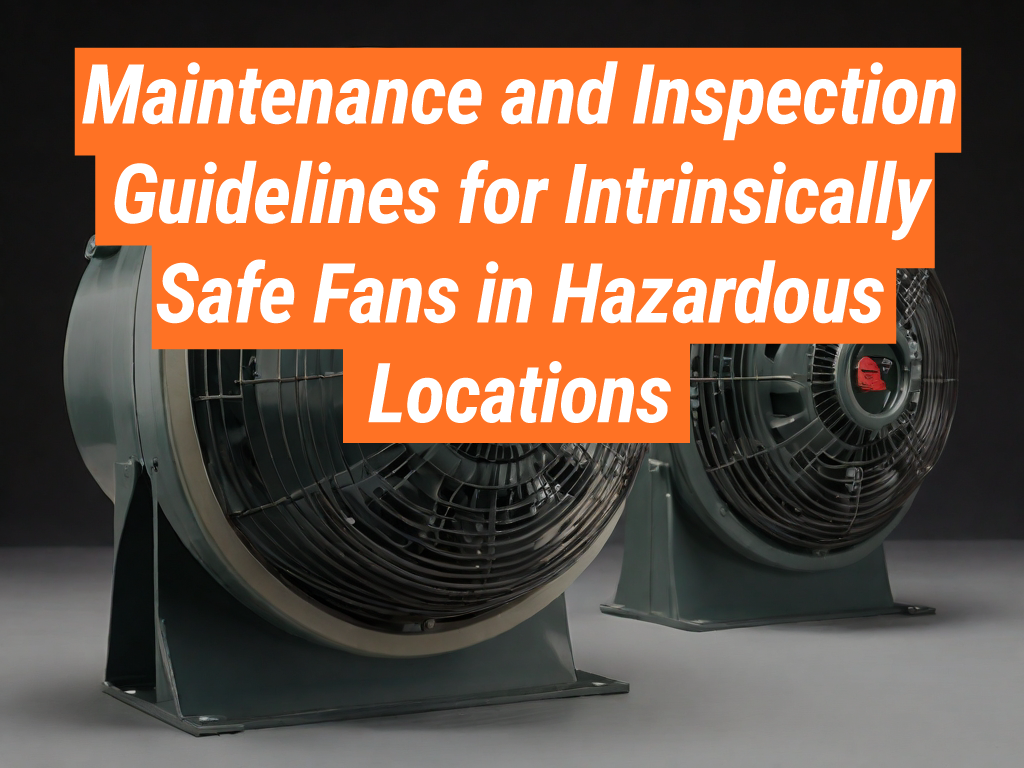When it comes to hazardous locations, safety is paramount. One of the key components that ensure safety in such environments is the use of intrinsically safe fans. These fans are designed to prevent ignition of flammable substances in the atmosphere, making them an essential tool in hazardous locations. This article, brought to you by Itrinsically Safe Store, provides comprehensive guidelines on the maintenance and inspection of these fans. We invite you to visit our website for more information on intrinsically safe equipment.

Understanding Intrinsically Safe Fans
Intrinsically safe fans are specifically designed to operate in hazardous environments where there’s a high risk of fire or explosion. They are engineered to prevent the ignition of flammable gases, dust, or vapors, thereby ensuring the safety of the environment and the people working within it.
Importance of Regular Maintenance and Inspection
Regular maintenance and inspection of intrinsically safe fans are crucial for several reasons:
- Ensuring the fan is operating at optimal efficiency
- Preventing potential safety hazards
- Extending the lifespan of the fan
- Reducing downtime due to unexpected breakdowns
Maintenance Guidelines
Proper maintenance of intrinsically safe fans involves several steps:
- Regular Cleaning: Dust and debris can accumulate on the fan blades, reducing its efficiency. Regular cleaning ensures optimal performance.
- Inspection of Fan Blades: Regularly inspect the fan blades for any signs of wear or damage. Replace damaged blades immediately to prevent further issues.
- Lubrication: Regular lubrication of the fan’s moving parts reduces friction and wear, extending the fan’s lifespan.
Inspection Guidelines
Regular inspection of intrinsically safe fans is equally important. Here are some key points to consider:
- Check for Damage: Inspect the fan for any visible signs of damage or wear. This includes checking the fan blades, motor, and housing.
- Test Operation: Test the fan’s operation to ensure it’s working correctly. This includes checking the fan speed and noise levels.
- Inspect Electrical Components: Check the fan’s electrical components for any signs of damage or wear. This includes the wiring, connectors, and switches.
Case Study: The Importance of Regular Maintenance
A case study conducted highlighted the importance of regular maintenance. A company operating in a hazardous location experienced a significant reduction in fan-related incidents after implementing a regular maintenance and inspection schedule. This resulted in increased safety and reduced downtime, demonstrating the importance of these practices.
Ensuring Safety Through Proper Maintenance of Intrinsically Safe Fans
Maintenance and inspection of intrinsically safe fans are crucial in ensuring safety in hazardous locations. Regular cleaning, inspection of fan blades, lubrication, and checking for damage are all essential steps in this process. By following these guidelines, you can ensure the optimal operation of your fans, extend their lifespan, and most importantly, maintain a safe working environment.
If you’re looking for intrinsically safe fans or other safety equipment for hazardous locations, visit Intrinsically Safe Store. Our team of experts is ready to assist you with all your safety needs. Contact us today!


























